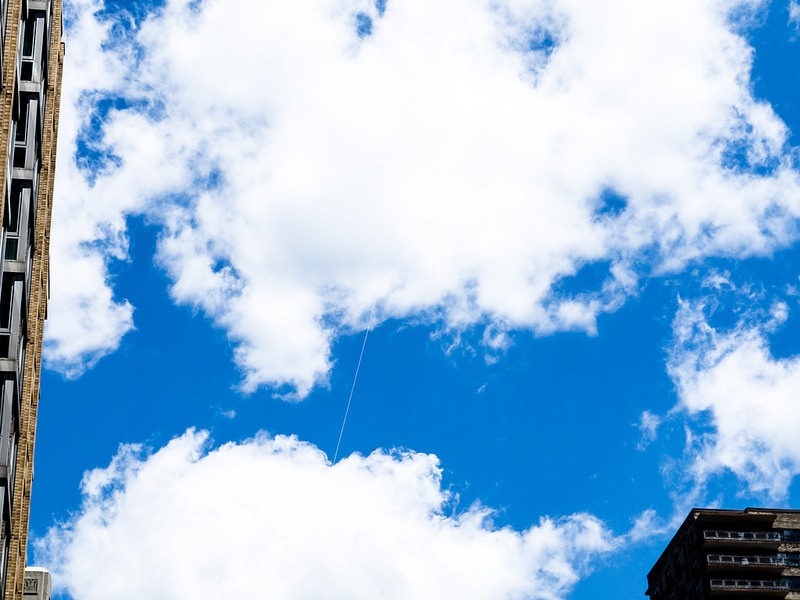Unbeknownst to many, there are translucent fishing lines that wrap around hundreds of cities around the world.
A section of an eruv in Manhattan, New York.
In ancient times, eruvs were closed courtyards containing several Jewish homes and often a synagogue.
Sometimes physical boundaries such as walls, hedges, and roads were considered to enclose an area of land.
As communities grew large, it became impossible to contain them within walls.
So two poles with a string across can be taken as a doorway in the boundary.
The entire wall is therefore a series of doorways.
Eruvs are everywhere, from Melbourne to Manhattan, from Toronto to Tel Aviv.
They are regularly checked to ensure their integrity.
The cost of upkeep of an eruv in often born by synagogues in the area.
In cities as large as New York, for instance, this can amount to a tidy sum.
There has also been all sorts of controversies centered around the construction of eruvs.
Jewish communities have to seek permission from the city municipality or council before erecting a eruv.
Sometimes these are refused.
Map of eruvs around Brooklyn, New York.
Map of the Manhattan eruv.
Map of the eruv in Amsterdam.
The string of an eruv in Ventura Boulevard in Los Angeles.
Photo credit:waltarrrrr/Flickr
The string of Los Angles Community Eruv runs over a utility pole.
Photo credit:www.bostonglobe.com
The string of an eruv in New York City.
Photo credit:Ella/Flickr
Sources:Wikipedia/Chabad.org/BBC/Jewcy.com










